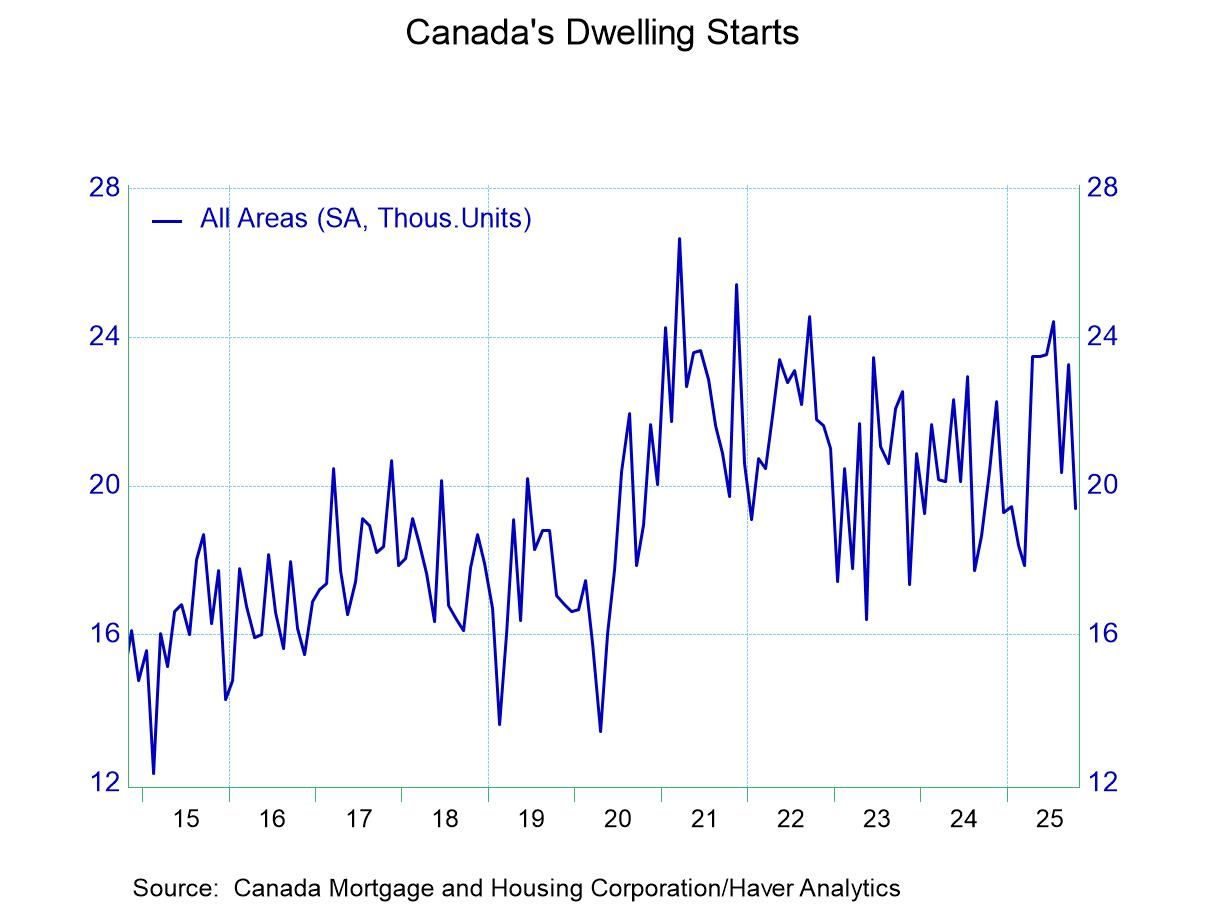U.S. Business Inventories Build as Sales Decline in July
by:Tom Moeller
|in:Economy in Brief
Summary
- Inventories increase across business sectors.
- Sales decline is broad-based.
- Inventory-to-sales ratio is highest in nearly two years.


Total business inventories rose 0.6% (18.4% y/y) in July following an unrevised 1.4% jump during June. A 0.8% gain had been expected in the Informa Global Markets Survey. Business sales fell 0.9% (+12.5% y/y) in July following a 1.2% June increase. The inventory-to-sales ratio rose to 1.32, its highest level since February of last year, up from its low of 1.26 last November.
Retail inventories increased 1.2% (20.7% y/y) following a 2.0% June gain. Motor vehicle inventories jumped 3.5% (18.1% y/y) in July on top of a 3.3% June increase. Retail inventories excluding motor vehicles rose 0.4% (21.6% y/y) following a 1.6% June rise. Building materials inventories rose 1.5% (19.8% y/y) after rising 1.8%. General merchandise inventories increased 0.5% (29.6% y/y) after a 1.0% June gain. Food & beverage inventories edged 0.1% higher (11.3% y/y) after a 0.4% June gain. Clothing inventories declined 1.0% (+27.6% y/y) after a 2.4% increase.
Wholesale inventories posted a 0.6% increase (25.1% y/y) after rising 1.8% in June. The rise was down sharply from those during the last year. Factory inventories edged 0.1% higher (9.9% y/y) in July, the weakest increase since October 2020.
The decline in business sales in during July was led by a 1.4% drop (15.3% y/y) in wholesale sales. It reversed a 1.6% June rise. Factory shipments weakened 0.9% (+11.8% y/y) after rising 0.8% in June. Retail sales fell 0.3% (10.0% y/y) in July, following a 1.1% June rise.
The rise in the overall inventory-to-sales ratio in July was led by the retail sector where the I/S ratio increased to 1.23 from 1.21 in June. It was the highest level since February 2021. Excluding motor vehicle inventories, the retail I/S ratio was unchanged at 1.16 for the third straight month. The factory I/S ratio rose to 1.47, but stood just above its recent low. The wholesale sector I/S ratio rose to 1.29 in July from 1.26 in June.
The manufacturing and trade data are in Haver's USECON database. The Informa Global Markets forecast is in the MMSAMER database.


Tom Moeller
AuthorMore in Author Profile »Prior to joining Haver Analytics in 2000, Mr. Moeller worked as the Economist at Chancellor Capital Management from 1985 to 1999. There, he developed comprehensive economic forecasts and interpreted economic data for equity and fixed income portfolio managers. Also at Chancellor, Mr. Moeller worked as an equity analyst and was responsible for researching and rating companies in the economically sensitive automobile and housing industries for investment in Chancellor’s equity portfolio. Prior to joining Chancellor, Mr. Moeller was an Economist at Citibank from 1979 to 1984. He also analyzed pricing behavior in the metals industry for the Council on Wage and Price Stability in Washington, D.C. In 1999, Mr. Moeller received the award for most accurate forecast from the Forecasters' Club of New York. From 1990 to 1992 he was President of the New York Association for Business Economists. Mr. Moeller earned an M.B.A. in Finance from Fordham University, where he graduated in 1987. He holds a Bachelor of Arts in Economics from George Washington University.






